WASHINGTON, D.C. — As pressure intensifies over lingering questions about former financier Jeffrey Epstein’s network of influence and alleged political protection, President Donald Trump has found himself at the centre of yet another transparency crisis, one that raises serious questions about credibility, accountability, and the weaponisation of justice.
On Friday, Trump directed Attorney General Pam Bondi to seek the unsealing of grand jury testimony from the Epstein case. But while the White House trumpeted this as a “bold move for truth,” critics argue it is a calculated distraction from what Trump is not releasing: the thousands of investigative files still held by the Department of Justice and the FBI, records Trump and his allies repeatedly promised would expose “elite paedophile rings” and “a lot of names.”
The selective release of grand jury transcripts, which legally cannot include the most damning evidence from federal probes, “is smoke and mirrors,” said Lisa Graves, a former DOJ official and executive director of True North Research. “Trump is trying to appear transparent without actually exposing anything. If they wanted full accountability, they would release the whole investigative archive, not just what’s been sanitised through a court process.”
$10 Billion Lawsuit Over Epstein Birthday Note: Suppression Or Strategy?
The move comes amid a firestorm over a new Wall Street Journal investigation that published a 2003 birthday letter allegedly written by Trump to Jeffrey Epstein, which was said to contain a crude drawing of a naked woman and a note signed “Donald,” ending with: “Happy Birthday, and may every day be another wonderful secret.”
Trump immediately launched a $10 billion defamation lawsuit against the Journal, its parent company NewsCorp, Chairman Rupert Murdoch, and two reporters. The president claims the letter is a forgery and insists he has “never drawn a picture of a woman” despite past Trump doodles having been publicly auctioned and verified by art dealers.
In a scathing Truth Social post, Trump vowed to “sue [Murdoch’s] ass off,” describing the WSJ as a “pile of garbage newspaper” and accusing the media of conspiring with Democrats to damage his re-election campaign.
But media law experts say the lawsuit has little legal standing.
“If this goes to trial, Trump would have to prove the letter is false and that the Journal acted with actual malice, a high legal bar,” said Floyd Abrams, First Amendment attorney and constitutional scholar. “Unless he can demonstrate clear fabrication or reckless disregard for truth, this case is unlikely to succeed.”
The Wall Street Journal stands by its reporting. A spokesperson for Dow Jones told the press, “We have full confidence in the accuracy, integrity, and sourcing of our story and will vigorously defend our journalism in court.”
A White House Divided, A Base Disillusioned:
The incident has fractured the pro-Trump movement. Some supporters are demanding full transparency and suspect Trump is covering up deeper connections to Epstein. Others, including high-profile loyalists like Vice President JD Vance, are doubling down on denial and dismissing the Journal’s story as fabrication.
“Forgive my language, but this story is complete and utter bulls***,” Vance posted on X (formerly Twitter). “The WSJ should be ashamed.”
Vance’s defence contradicts his earlier public statements. In 2021, he posted: “If you’re a journalist and you’re not asking questions about this case, you should be ashamed of yourself.” He also previously called on the government to “release the Epstein list.”
That contradiction hasn’t gone unnoticed. “The whiplash from figures like Vance, who once demanded transparency and now attack reporters for doing their jobs, is glaring,” said Rachel Maddow, MSNBC host and political analyst. “This isn’t about clearing the air; it’s about containing fallout.”
Experts: Grand Jury Release A PR Move, Not Transparency.
Legal scholars argue the decision to only seek release of grand jury testimony, rather than full investigative records, appears strategic.
“Grand jury proceedings are typically secret for a reason: they don’t usually contain the full investigative picture,” said Barbara McQuade, a former U.S. attorney and current law professor at the University of Michigan. “If you want real accountability, you release affidavits, memos, subpoena logs, and internal DOJ correspondence.”
The DOJ memo released last week, which found no evidence of a government cover-up in Epstein’s 2019 jail death, has done little to quiet public scepticism. The FBI reportedly flagged mentions of Trump during its review, prompting a new letter from Senate Democrats demanding answers from Bondi. “The public deserves to know why the Department redacted key references and delayed the release of this memo for three months,” the senators wrote.
Political Fallout And A Crisis Of Public Trust:
Despite claiming the Epstein investigation was a “hoax,” Trump has failed to explain why his administration delayed disclosures, misled the public about forthcoming “client lists,” or selectively released material during an election season. His base is noticing.
“Many of us genuinely believed the Epstein files would expose a powerful elite. What we’re getting instead is half-truths and legal red tape,” said conservative activist Jack Posobiec, who once championed the “Epstein didn’t kill himself” slogan but has now criticised the White House for “managing optics, not truth.”
International watchdog Transparency International called the selective disclosures “an erosion of democratic trust.” In a statement, the group warned: “When governments withhold files on human trafficking and abuse, they perpetuate impunity. The public must see the full record, not just curated soundbites.”
Conclusion: The Real Secret Remains Buried.
As Trump mounts a courtroom crusade to discredit the Journal while keeping the most consequential Epstein files under wraps, critics say the tactic speaks louder than any press release.
“This is less about setting the record straight and more about reasserting control over a narrative Trump helped shape, and is now desperate to escape,” said Jane Mayer, investigative journalist for The New Yorker. “If he truly believed he had nothing to hide, the DOJ wouldn’t be drip-feeding evidence behind a courtroom firewall.”
For now, the public remains caught between two shadows: one cast by a late predator’s secrets, the other by a president who continues to evade the light.
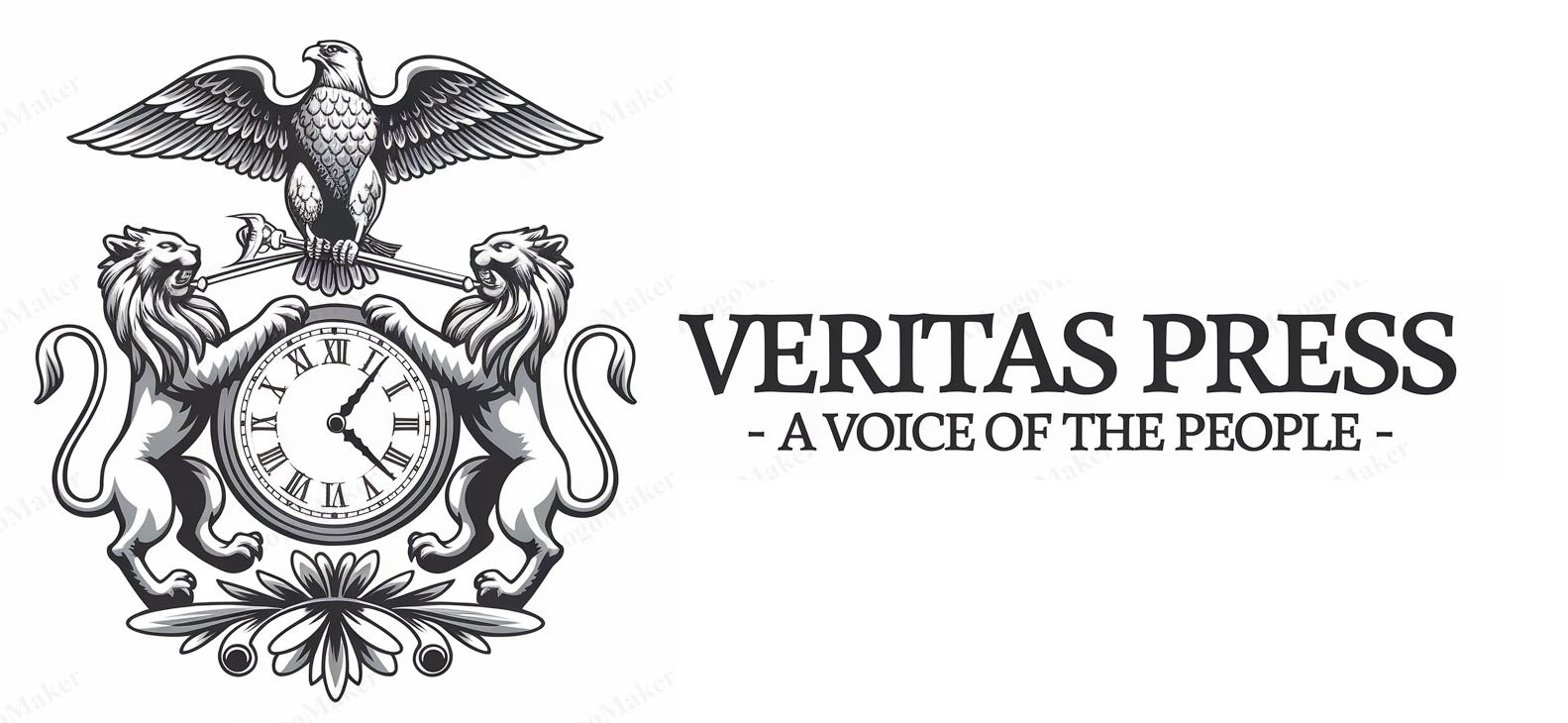



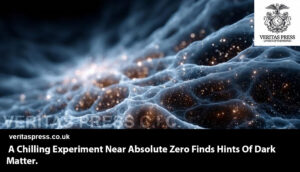

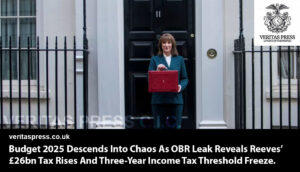
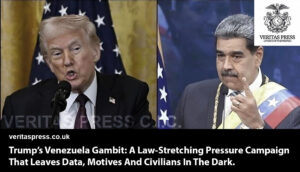
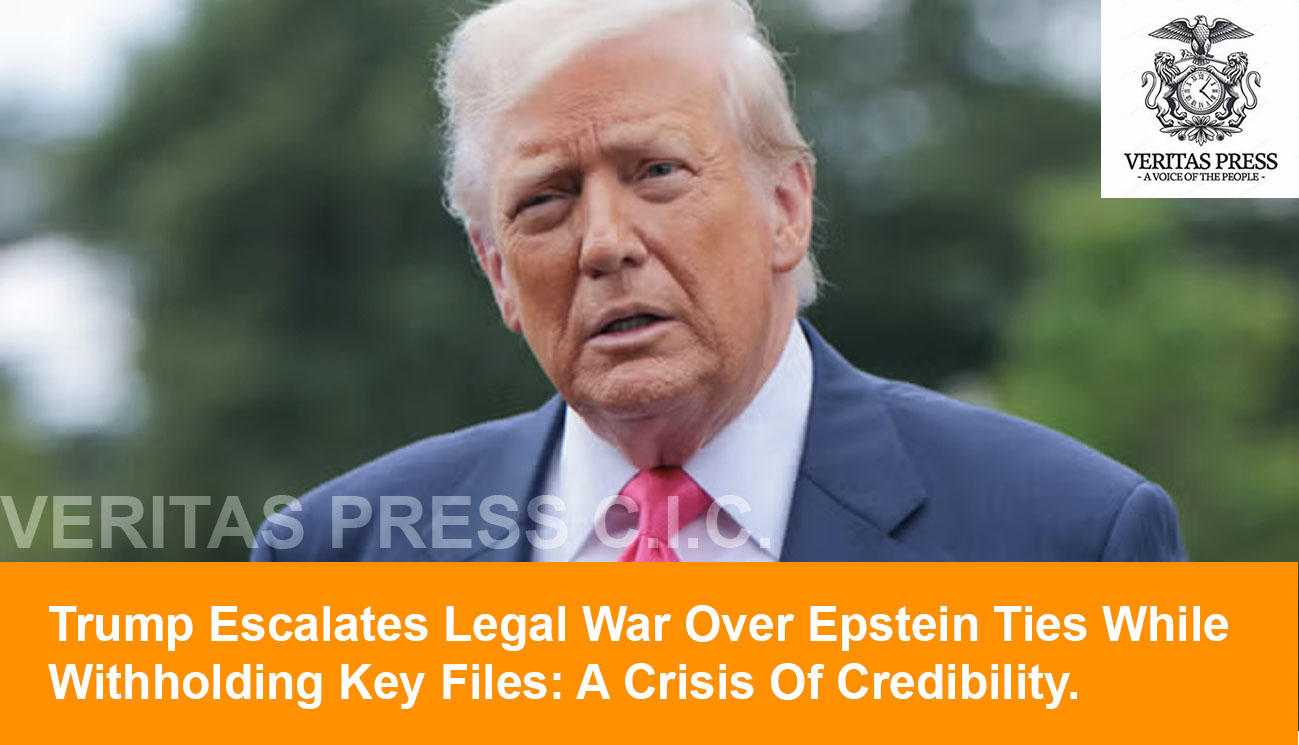

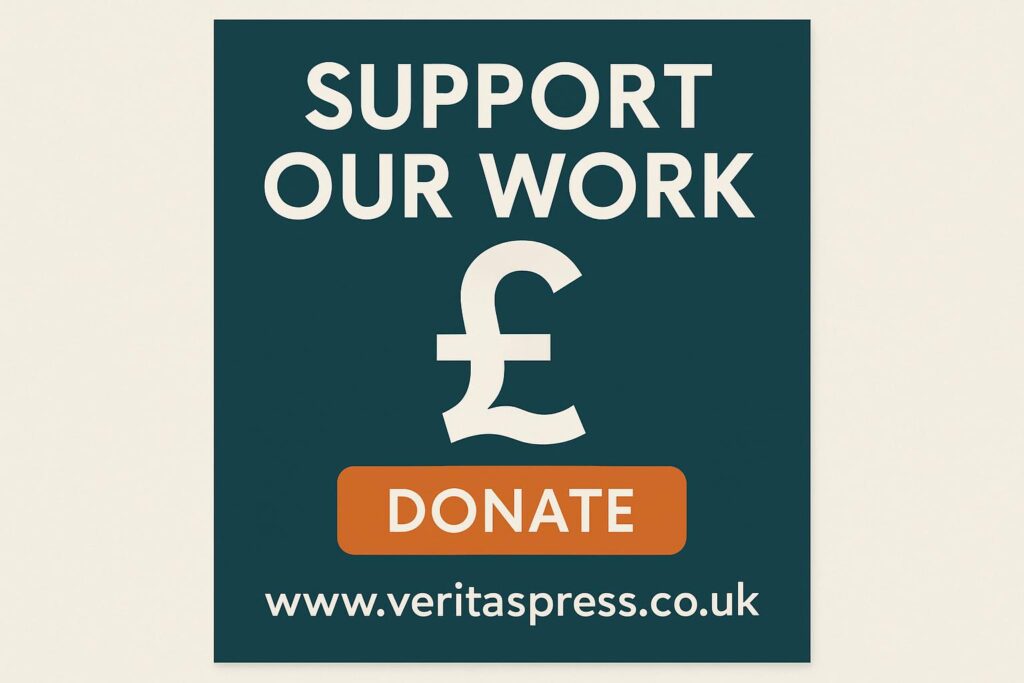


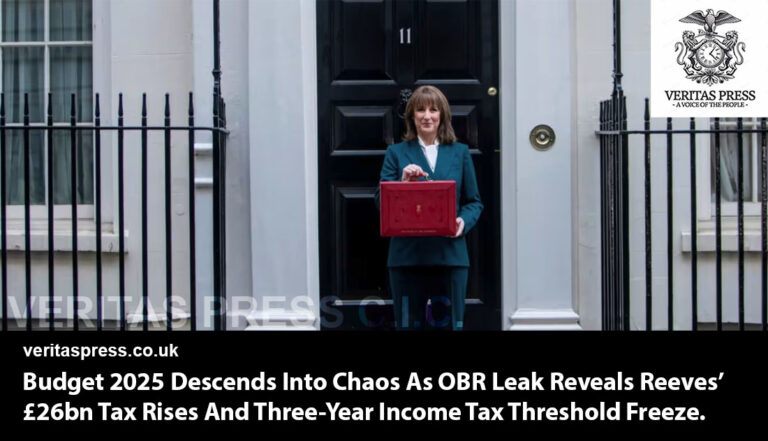
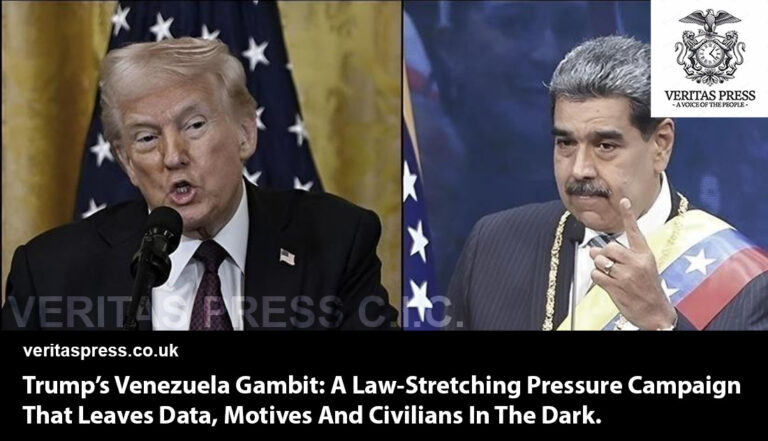

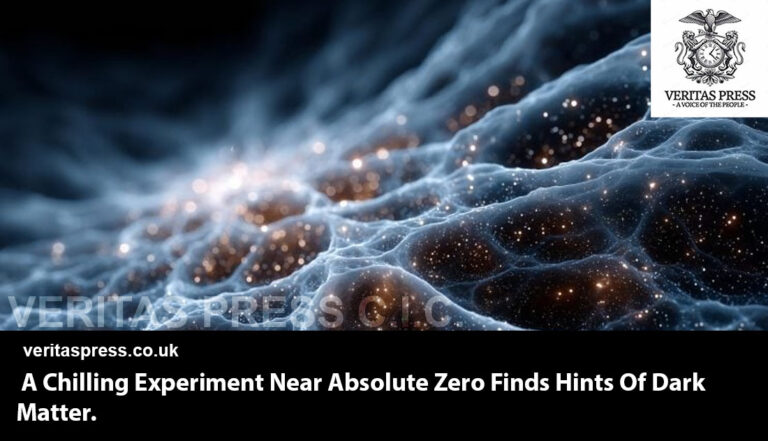


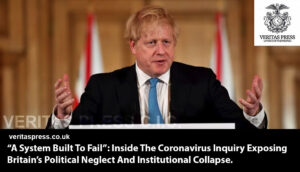




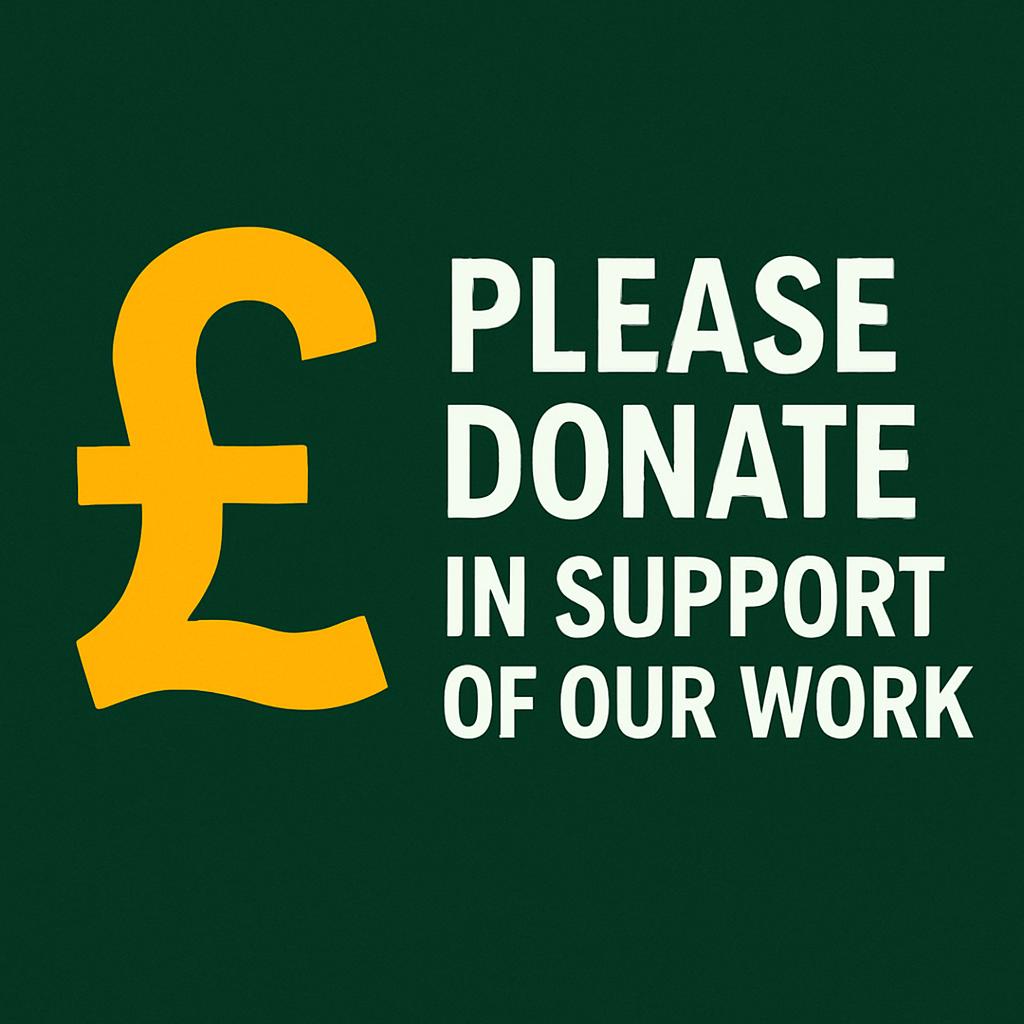



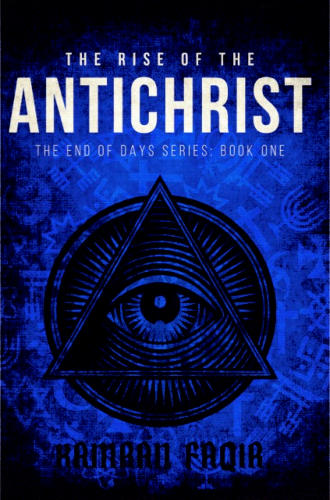
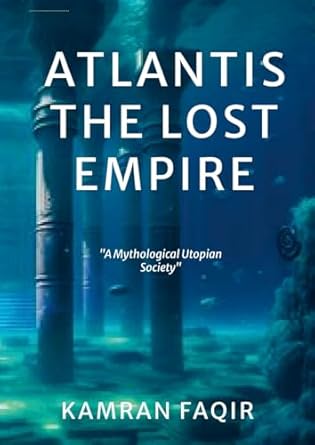
Leave a Reply